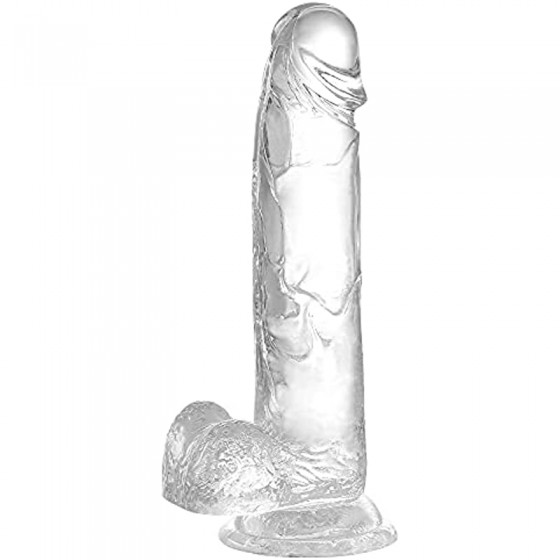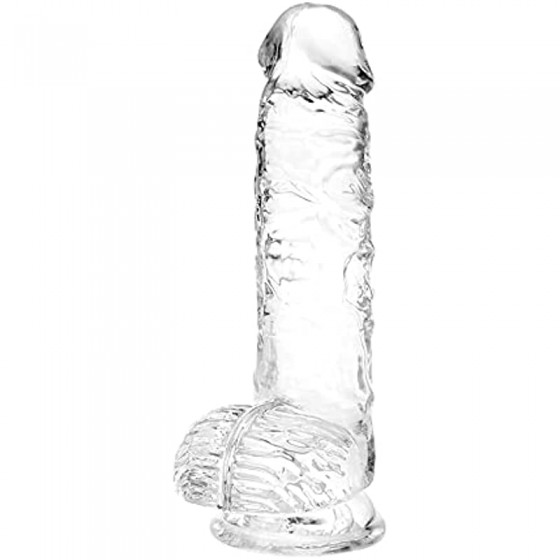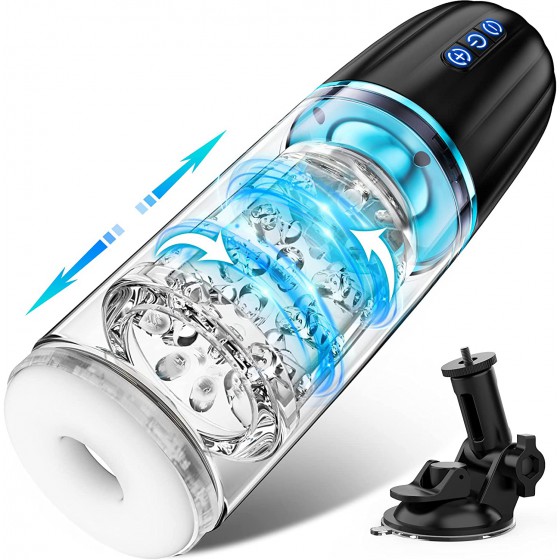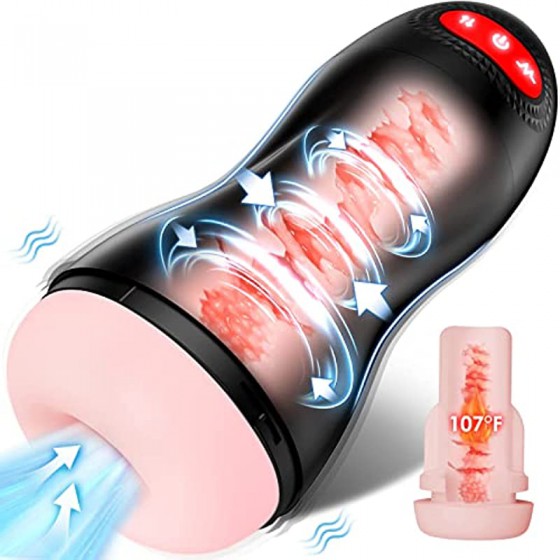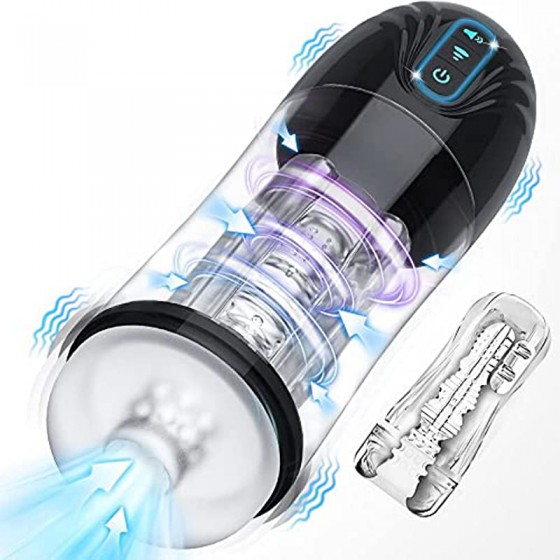Will there be an unexpected pregnancy during the safe period? What are the safe periods for women?
Many young women are keen on contraception during the safe period. Contraception during the safe period will not affect sexual pleasure and is very convenient. Therefore, many mothers who have just given birth also rely on calculating the safe period for contraception. So, will there be an unexpected pregnancy during the safe period? What are the safe periods for women? What should we pay attention to during the safe period of contraception?
Will there be an unexpected pregnancy during the safe period?
Will there be an unexpected pregnancy during the safe period? The answer is yes. Contraception during the safe period is not 100% successful. There is also the possibility of unwanted pregnancy when using contraception during the safe period. The specific introduction is as follows:
Safe period contraception refers to not using any contraceptive method and avoiding the period when couples are prone to pregnancy before and after ovulation, in order to achieve the purpose of contraception. However, the safe period is not absolutely safe, and there will also be a certain chance of pregnancy during the safe period. The probability of pregnancy during the safe period is easily affected by external factors. Therefore, the calculation of the safe period for women is only relative, not absolute.
The time outside the ovulation period is the safe period. If you have sex during the safe period, the chance of pregnancy is low. However, the safe period is not 100% safe, and may lead to unexpected pregnancy. It should be absolutely safe for a week before and after menstruation, and the closer it is to menstruation, the safer it is. Generally speaking, 3 days after menstruation and 3 days before menstruation are absolutely safe periods, and you will not get pregnant.
A woman's ovulation date is generally about 14 days before her next menstrual period. After the egg is discharged from the ovary, it can survive in the fallopian tube for 1 to 2 days, waiting for fertilization. The man's sperm can maintain the fertilization ability in the woman's reproductive tract for 2 to 3 days, so it is easier for couples to get pregnant in the days before and after the egg is discharged. . The safety period is divided into a safety period before ovulation and a safety period after ovulation. The period from the day of menstruation to the day before ovulation begins is the period before ovulation. From the first day after ovulation to the day before the next menstrual cramps is the safety period after ovulation. Someone in China has done a survey and found that less than 1/5 of the people surveyed have a correct understanding of safe periods for contraception. Most people are still ignorant and don’t know how to calculate ovulation. This has also led to many women asking about safe periods. One of the reasons for pregnancy.
A woman's ovulation day is usually the few days between her two menstrual periods, and excluding these days is the safe period. In fact, it is not difficult to lock in the dangerous period, it just depends on the method. We can get the answer by subtracting 18 days from the shortest menstrual cycle and 11 days from the longest menstrual cycle. If the menstrual cycle is 30-32 days, use 30-18=12, 32-11=21, and the dangerous period is 13-21 days. Mark these days with a big red cross and prepare condoms.
What are the safe periods for women?
1. Observation method for changes in vaginal secretions
Women's vaginal secretions change regularly with different periods of the menstrual cycle. During ovulation, there is more and more mucus, there is a moist feeling in the vagina, the mucus becomes clear, and the mucus can be stringy, up to 10 cm long. The last day this mucus lasts is usually the period of ovulation. No sexual intercourse 3 to 4 days before and 5 to 7 days after.
2. Intermediate pain method
There is pain in the lower abdomen between two menstruation periods, which is exactly the time before ovulation, and is called intermediate pain. According to a survey by experts, 97% of intermediate pain is felt before ovulation. Therefore, if you feel intermediate pain, you can judge that ovulation will occur within 24 hours. However, less than 20% of women experience intermediate pain.
3. Cervical mucus method
This method of calculating the safe period is based on the basic common sense that female endocrine secretions will increase during ovulation, and the safe contraceptive period is determined by observing the mucus changes in endocrine secretions through a microscope. The examination should be carried out at the gynecology department of the hospital, which is more accurate.
Precautions for contraception during safe period
(1) Many diseases can change a woman’s ovulation time, such as endocrine diseases, kidney diseases, etc. If you use the "safety period" for contraception during this period, it can often lead to contraceptive failure;
(2) Sexual intercourse during menstruation generally does not lead to pregnancy, but there is a possibility of accidental ovulation during menstruation, and sexual intercourse during menstruation can easily cause infection, which is harmful but not beneficial;
(3) If you are a woman in menopausal age and there is still a small amount of vaginal bleeding, you should not have sex until the fourth day after the bleeding stops, because this bleeding may be caused by ovulation;
(4) If you switch from oral contraceptive pills to menstrual contraceptive pills, you may experience extra ovulation or irregular menstruation in the first few months after stopping taking birth control pills, so you should try not to use safe pills during these months. Period contraception.
Finally, we would like to remind all female friends that “safe period” contraception is not always safe and is not worth promoting. Please choose a better contraceptive method according to your own specific situation. After all, a contraceptive failure will bring serious physical and mental trauma to you.


